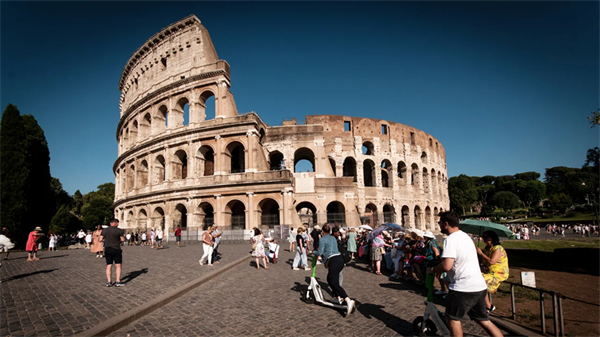
Tourists visit the Colosseum in Rome. (Source: Getty Images)
Italy's antitrust authority is investigating the sale of tickets to the Colosseum in Rome after tourists complained of paying exorbitant prices to visit the country's most famous tourist attraction.
The Colosseum, also known as the Roman Colosseum, attracts millions of visitors every year.
However, many tourists complain that it is often impossible to find tickets at full price because many large travel companies buy all the tickets on the official website several weeks in advance, then resell them to tourists on guided tours at expensive prices.
Italy's antitrust agency said that Colosseum tickets are being bought en masse using automated purchasing systems, and announced that it is investigating retail group CoopCulture and several other travel companies.
According to the agency, CoopCulture appears to have failed to implement appropriate systems to prevent “ticket hoarding,” thus preventing customers from purchasing tickets at full price.
Normally, tickets to visit the Colosseum cost 18 euros ($20). However, on the official ticket sales website on July 18, there were only 3 tickets left until August 7.
In contrast, local travel agency websites are advertising a variety of tours priced from 37.5 to 74 euros.
In a letter to Reuters (UK), CoopCulture CEO Letizia Casuccio affirmed that the group has implemented many systems to prevent "ticket hoarding", and expressed hope that the authorities will soon clarify this.
Mr. Carlo Rienzi - head of the Association for Environmental Protection and Consumer Rights (Codacons), clearly stated the situation of ticket scalpers "consuming" millions of euros of the Italian people.
Accordingly, Mr. Rienzi called on the government to apply new regulations that can both prevent ticket scalpers and severely punish sites that resell tickets at "exorbitant" prices.
Construction of the Colosseum began around 70-80 AD under Emperor Vespasian. It could hold up to 50,000 spectators. Today, the site has been renovated and only about 30% of its original structure remains.
VNA



![[Photo] Prime Minister Pham Minh Chinh attends the event "Digital transformation of the banking industry by 2025"](https://vphoto.vietnam.vn/thumb/1200x675/vietnam/resource/IMAGE/2025/5/29/0e34cc7261d74e26b7f87cadff763eae)



![[Photo] Prime Minister Pham Minh Chinh receives leaders of Excelerate Energy Group](https://vphoto.vietnam.vn/thumb/1200x675/vietnam/resource/IMAGE/2025/5/29/c1fbe073230443d0a5aae0bc264d07fe)














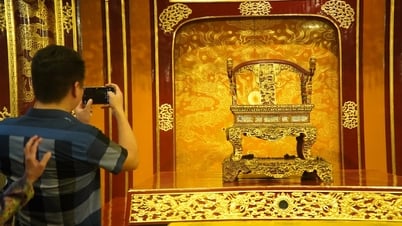
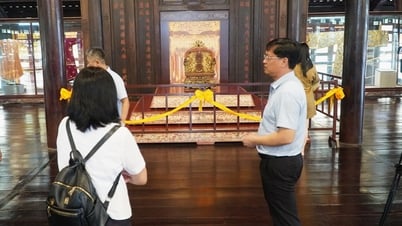
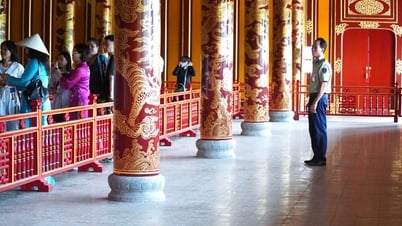









































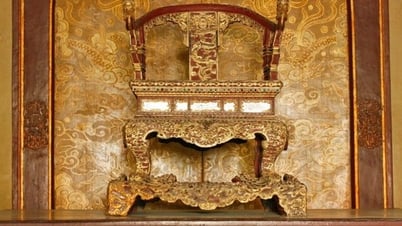





























Comment (0)